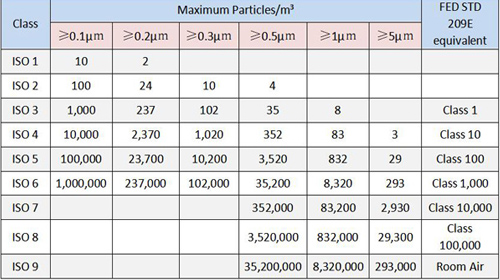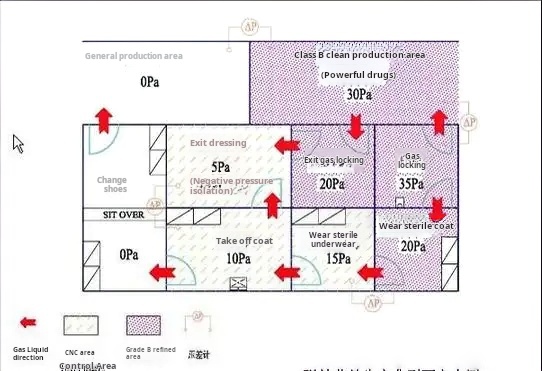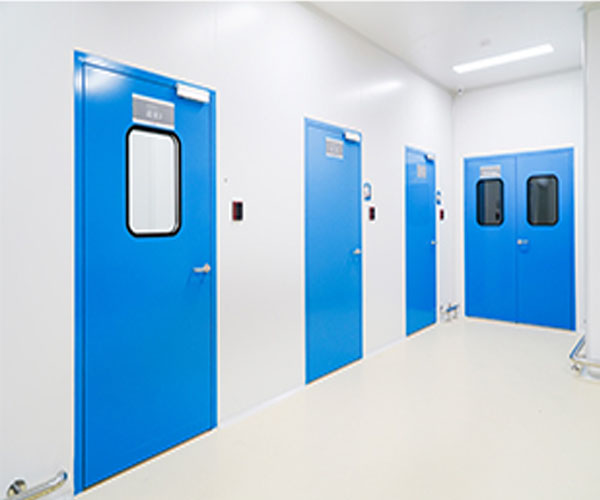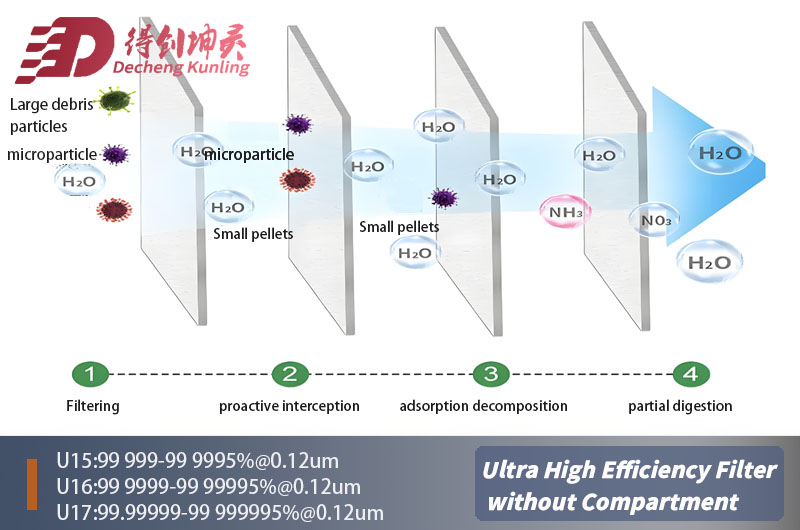Creating a cleanroom requires careful consideration of various parameters to ensure it meets industry standards and operational needs. A well-designed CleanRoom controls contamination and maintains a stable environment for sensitive processes. This guide outlines the essential steps and considerations for building a cleanroom, focusing on standards, design, construction, and systems integration.
HVAC and Supplementary Air
A robust HVAC system is crucial in maintaining temperature, humidity, and pressure differentials within the cleanroom.
- Temperature Control: Systems should maintain a stable environment to prevent condensation and microbial growth.
- Air Quality: Install supplementary air systems to ensure adequate ventilation and air change rates according to the CleanRoom Classification.
Circulating Air System
Design an air circulation system that facilitates consistent airflow and contaminant removal, employing unidirectional or turbulent airflow patterns as required.
- Airflow Patterns: Ensure the system supports the necessary air change rates to maintain a particulate-free environment, tailored to the cleanroom's ISO classification.
Cleanroom Construction Process
Building a cleanroom involves several key phases, from initial planning to final validation:
- Planning: Define the cleanroom's purpose, classification, and design specifications.
- Design and Engineering: Develop architectural and engineering plans that integrate industry standards.
- Construction: Execute the build using specified materials and construction techniques.
- Installation: Install HVAC, filtration, and monitoring equipment.
- Validation: Test systems for compliance with ISO standards, ensuring functionality and performance.
Conclusion
Constructing a cleanroom requires a systematic approach, focusing on standards, design, materials, and systems integration. By following these guidelines and leveraging expertise from providers like Deiiang™, led by Deiiang Jason.peng, facilities can create high-performance cleanrooms that meet stringent industry requirements.
Common Questions and Answers
Q: What are the primary standards for cleanroom construction?
A: ISO 14644 provides the international standards for air cleanliness and performance testing.
Q: How does HVAC contribute to cleanroom efficiency?
A: It maintains temperature, humidity, and pressure, essential for controlling the cleanroom environment.
Q: Why is modular design beneficial in cleanrooms?
A: Modular designs allow for future scalability and easy reconfiguration to adapt to changing needs.
Q: How does Deiiang™ ensure cleanroom compliance?
A: By integrating advanced materials and systems into the design, ensuring adherence to ISO standards.
Q: What role do HEPA filters play in cleanrooms?
A: They remove 99.97% of airborne particles, maintaining high air quality.
References
- International Organization for Standardization. iso 14644-1: Cleanrooms and Associated Controlled Environments.
- The Institute of Environmental Sciences and Technology (IEST), Recommended Practices for Cleanroom design and Construction.
- U.S. Pharmacopeial Convention (USP), Environmental Standards
 +86 18186671616
+86 18186671616 Jason@cleanroomequips.com
Jason@cleanroomequips.com
 MENU
MENU







